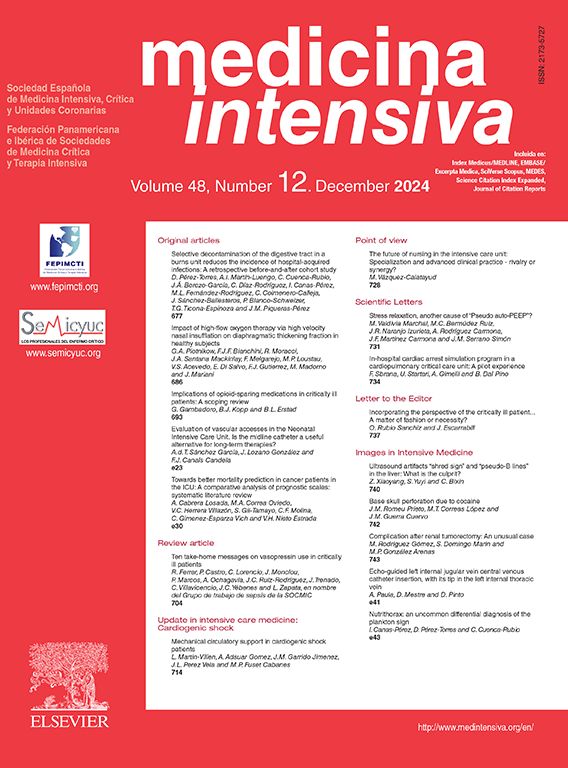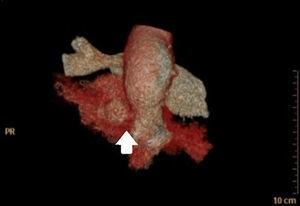Journal Information
Letter to the Editor
Available online 16 September 2024
High flow in tracheostomized patients on their first attempt to wean from mechanical ventilation: more questions on the table
Alto flujo en pacientes traqueostomizados en su primer intento de desvinculación de la ventilacion mecanica: más preguntas sobre la mesa
a Servicio de Kinesiología, Sanatorio Clínica Modelo de Morón, Morón, Buenos Aires, Argentina
b Universidad Nacional de La Matanza, Departamento de Ciencias de la Salud, Kinesiología y Fisiatría, San Justo, Argentina
c Servicio de Medicina Física y Rehabilitación, Hospital Alemán, CABA, Buenos Aires. Argentina




